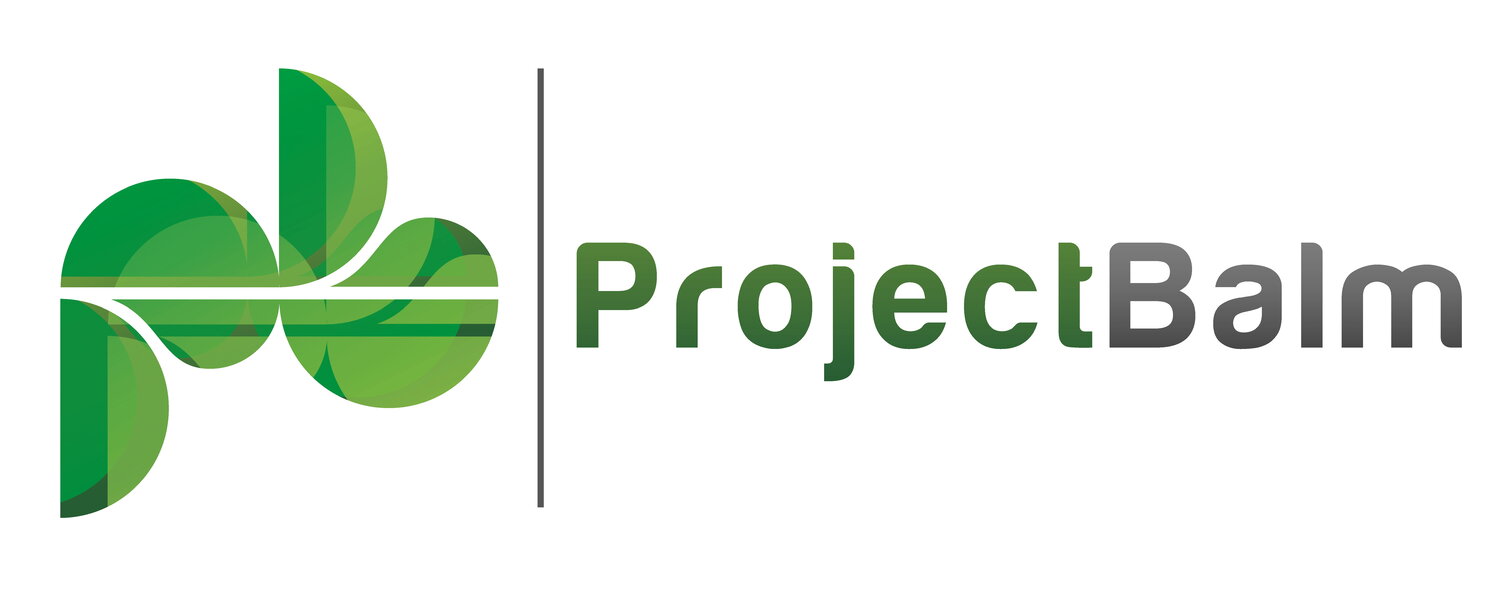Five Tips to Improve your Risk Management
Risk management is more important than ever, but many project managers struggle to implement it effectively. Here are five simple tips to help you get better results.
Secure Commitment from Key Stakeholders
The most influential stakeholders can inadvertently hinder the risk management process by not fully endorsing or understanding it. Their commitment is essential since their buy-in can significantly impact the allocation of resources and the overall compliance landscape. By pro-actively educating these stakeholders about the tangible benefits of risk management, you can shift their perspective. Arrange sessions to discuss potential pitfalls and demonstrate how pre-emptive risk planning can save resources and ensure smoother project execution. Their involvement and understanding can transform risk management from a theoretical exercise into a practical, project-saving tool.
Embed Risk Management in your Process
One of the primary barriers to effective risk management is the perception that it adds more administrative burden, especially with additional meetings. To counter this, seamlessly weave risk discussions into existing project workflows. Instead of having isolated sessions focused only on risks, integrate risk discussions into milestone planning, task allocation, and brainstorming sessions. This continuous dialogue ensures that risk remains at the forefront without feeling like an add-on. As teams regularly encounter and discuss risks, it becomes a natural and integral part of their workflow.
Focus on Risks that Matter
A common misstep in risk management is getting bogged down in the minutiae. While it's essential to be thorough, overloading the risk register with trivial concerns can dilute focus and drain resources. Prioritizing risks based on their potential impact and likelihood can streamline the process. By dedicating more resources and attention to the most threatening risks, teams can ensure that they're tackling the challenges that could genuinely derail a project, rather than getting sidetracked by minor hiccups.
Increase Transparency
Open communication is the backbone of effective risk management. Keeping the majority of risks visible promotes a culture of collective ownership and vigilance. When team members can see, discuss, and contribute to the risk register, they feel more invested in the process. Encouraging feedback and suggestions from a diverse set of team members can also uncover blind spots, leading to a more robust and comprehensive risk strategy.
Use a Tool
Excel, though versatile, has its limitations when it comes to complex risk management tasks. Specialized tools, designed with risk management in mind, provide features tailored to the nuances of the job. With features such as specialised interfaces, industry-standard graphs, and workflow support, these tools enable a more in-depth and dynamic approach. Furthermore, they typically come with security features that safeguard sensitive data. Investing in a dedicated tool is a clear step towards prioritizing and professionalizing risk management.
Risk Register by ProjectBalm is an easy-to-use and cost-effective tool to manage risks in your organization
